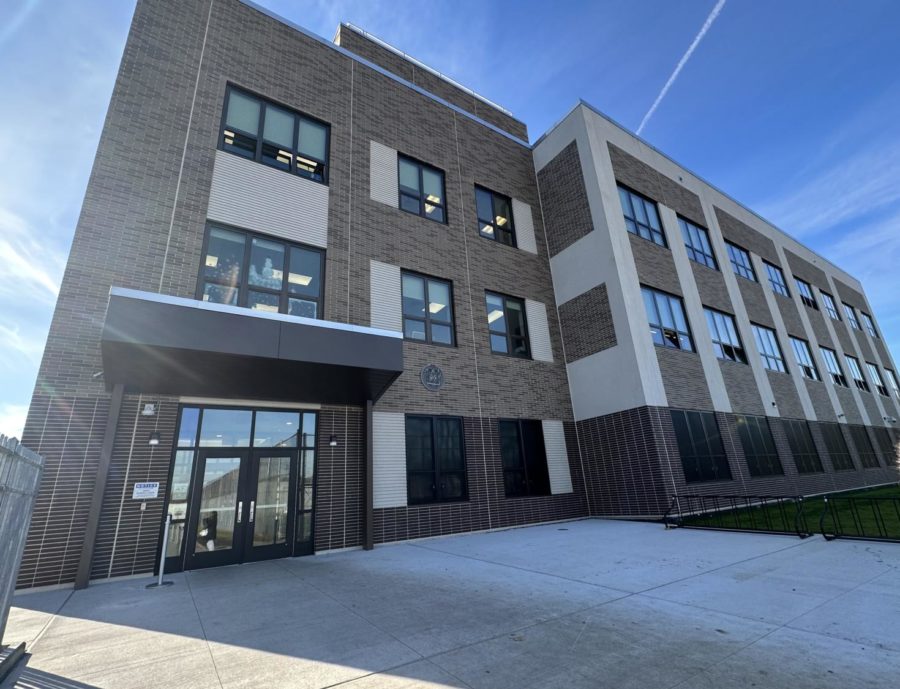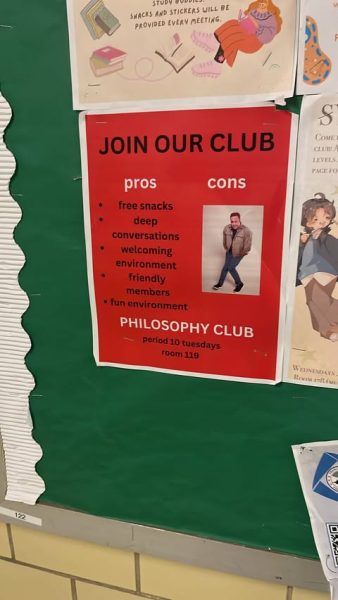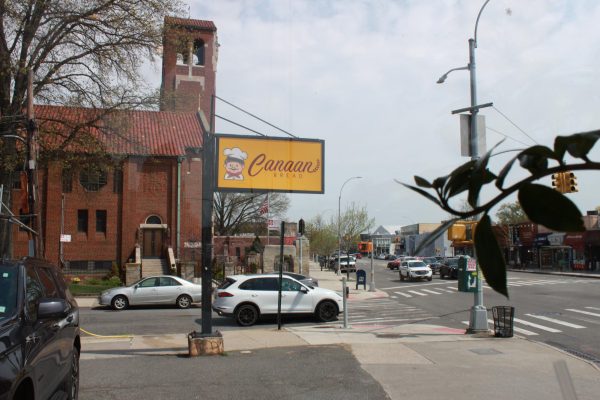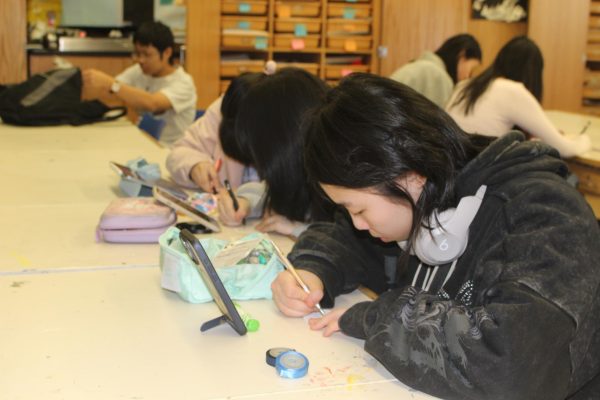Students Adapt Academically In the Annex
As the piercing sound of the bell filled the halls, she rushed out of her English class on the second floor of the main building. She quickly walked down the stairs and approached the exit to the annex, filled with many students trying to leave at the same time. She was barely moving due to the flush of students walking slowly outside of the building, and then was shoulder to shoulder with another student, both of them attempting to arrive to their class on time. The beige exterior welcomed the immense crowd of students moving at a snail’s pace. Halfway to class, and still stuck between students, she heard the late bell ring.
As she went in, she noticed that the classroom was overfilled with triangular gray desks and chairs that aligned disorderly. She was there alone with the teacher, the desks were empty for almost five minutes from the late bell. Her view of the massive white board was blocked by other students’ as a result of the compact space, and the student had numerous questions. “Excuse me,” the teacher repeatedly said as he climbed between the chairs to answer her questions. As she watched him struggle to get to her, she realized that it would be a difficult journey to adapt to this new environment.
The annex building, located behind the main building, welcomed students and faculty at the beginning of the 2022 Fall semester. The annex was built to provide more classrooms and learning spaces for students. However, many students are still adapting due to the new challenges they have to face in the new building.
“I prefer learning in the main building because there’s more space in the classroom,” junior Daeun Kim said. “The desks are more comfortable and larger than the triangle, polygon shaped tables in the annex.”
The adjustment to a smaller classroom can be difficult, especially with the disorganized structure of the classes. Some students are struggling to adapt to the environment.
“It’s tinier and more cramped than it would be here,” sophomore Kathrine Yusupov explained. “So, going between the desks is a little bit difficult. All the desks are triangles and pushed together in groups, which personally I like more. But just the fact that they are really tiny is a little bit annoying. The teacher has two boards on the side, divided by the smart board. So if you’re sitting in the corner, it’s hard to see one of the boards if it’s not directly in front of you.”
Moreover, taking tests in the annex may be challenging because of the “tiny” space in the test-taking area due to the cardboard blockers that may not be too efficient space wise.
“In the annex we have the cardboard blocker that blocks you but that’s not really efficient to use because the tables are triangles. The cardboard is square shaped so it doesn’t really fit into the table,” Kim said. “The area you take the test in is tiny.”
Teachers are still trying to adapt to the new building due to space issues in the classroom. However, technology is working well and is beneficial.
“We can’t walk around as well so it’s very difficult to hear every single student and look at every student’s paper,” AP Psychology teacher Ms. Miller said. “I am still acclimating. Some things I have adapted to well, like technology, but everything else I’m still working on.”
Students continue to lose valuable learning time with the hurried rush from the annex to their other classes located in the main building.
“Time wise, you have to push through the really crowded exit way,” Yusupov said. “Not only that, in the annex the class time is shorter because they give you more time to get from and to. Physics is a big subject, and yet I leave 5 minutes earlier than I would in the main building and it takes me 5 minutes more to get there than it would here. So I’m wasting that time, especially on such a hard subject.”
Moreover, teachers are becoming more lenient as a result of delayed students, as they “wait for everyone to settle down.” The tolerance reduces crucial “class time.”
“I see a lot of students coming in late,” junior Jerry Chen affirmed. “Luckily, our physics teacher is nice and she kind of waits for everyone to settle down and get in before he starts the lesson. But, it takes away class time for us to do the work.”
Principal Dr. Marmor is aware of this issue and the problems it is causing during school hours.
“We still have a lot of things to work out,” Dr. Marmor said, “like the way we move from building to building and the way we time releases. I’m pretty sure those questions are going to be coming soon. So we definitely have a lot more planning and organizing.”
“I have a whole entire team at the School Construction Authority doing a new engineering plan,” Dr. Marmor added. “We are going to be reconfiguring the entire entry and exit. One of the other things that’s on the plan, which they’re still looking at, is to widen the opening on the school side [entrance/exit].”
Research has shown that there is a relationship with lateness and low academic performances as this causes students to rush and increase commotion in the hallways.
“It doesn’t really affect me because she doesn’t mark lateness but it makes me want to run and push people out of my way to get to class earlier,” Kim said.
At the beginning of the school year, the air conditioning system was not working properly in the annex, creating warmer temperatures in the classroom. Studies have indicated that classrooms with lower temperatures allow students to be more alert and able to work more quickly while making fewer mistakes. This is evident as many students experienced the fatigue from the heat at the beginning of the school year.
“During the hotter weather, a few months ago, it was really hot in the first floor classrooms,” Kim said. “The first floor classrooms are really hot. You get tired easily and you want to go to sleep in the classrooms.”
Although the classrooms are smaller in the annex, a study signifies that working in groups may help students better understand the material being taught and get to know each other more effectively. Ms. Miller has confirmed this with her observations in the smaller annex classrooms.
“I find the students know each other better because they are so close to each other,” Ms. Miller said. “In the main building, where some of the classrooms are huge, it is very easy for them to not know their other classmates. Now they are more likely to interact with each other.”








